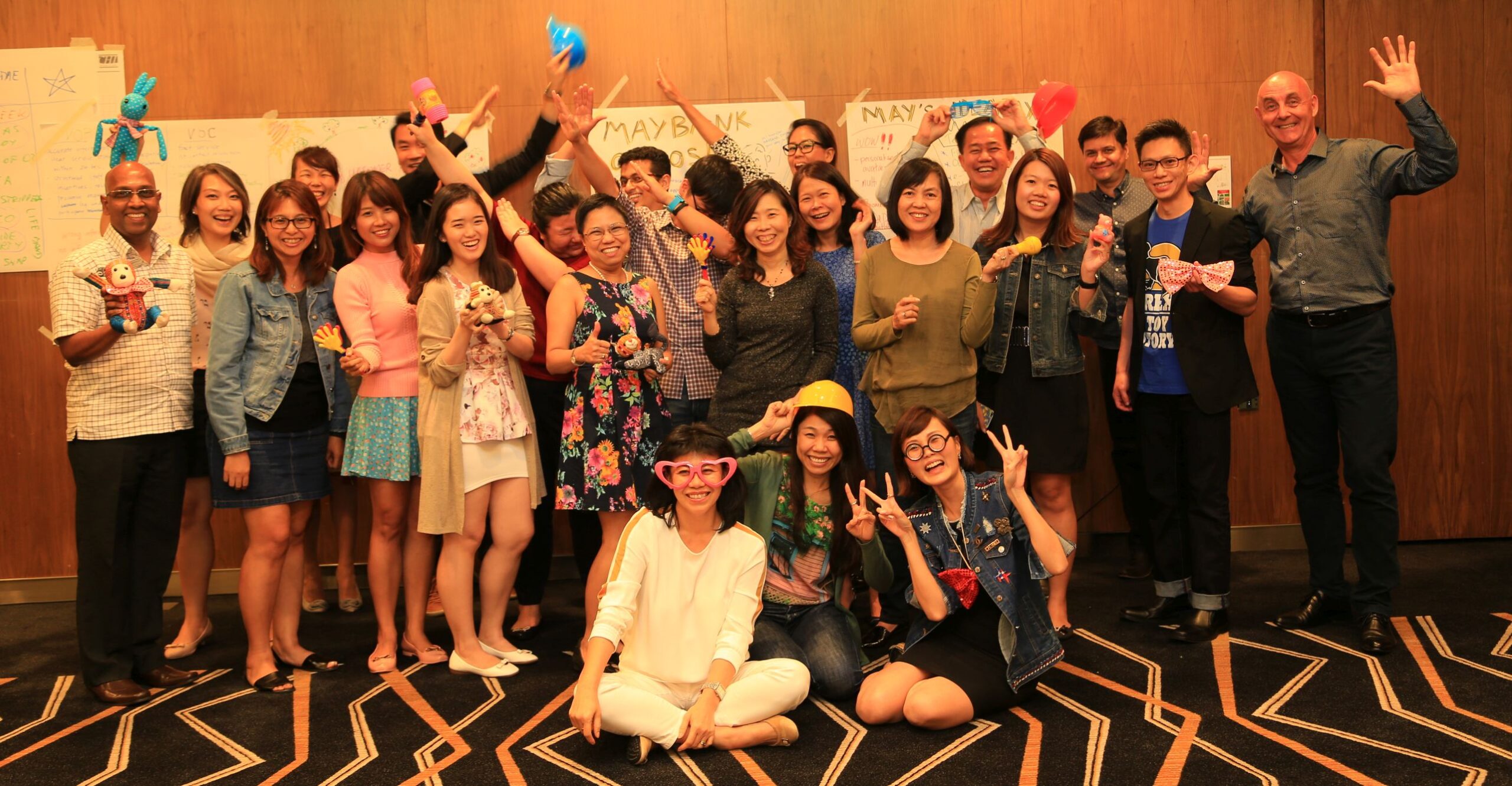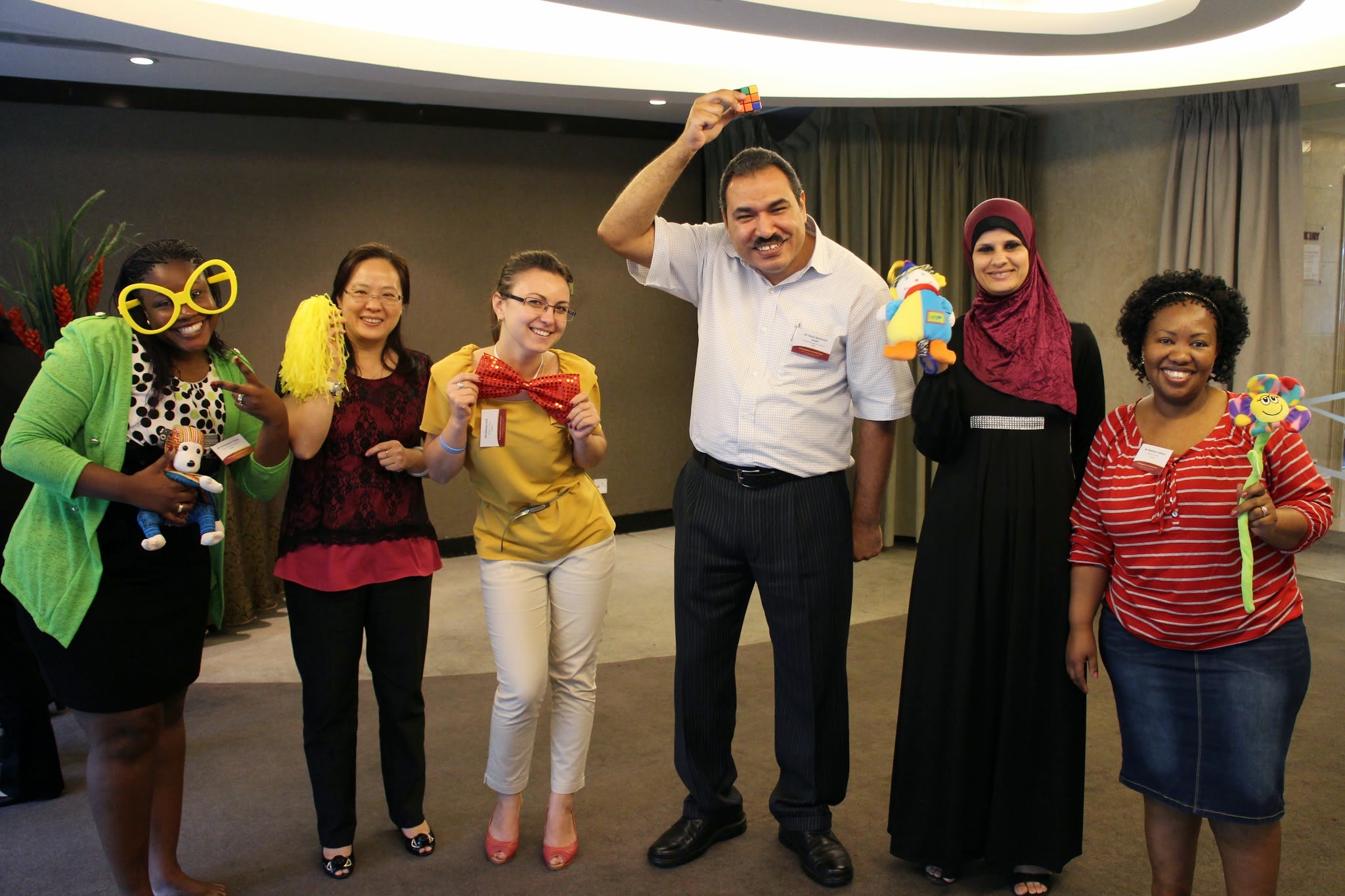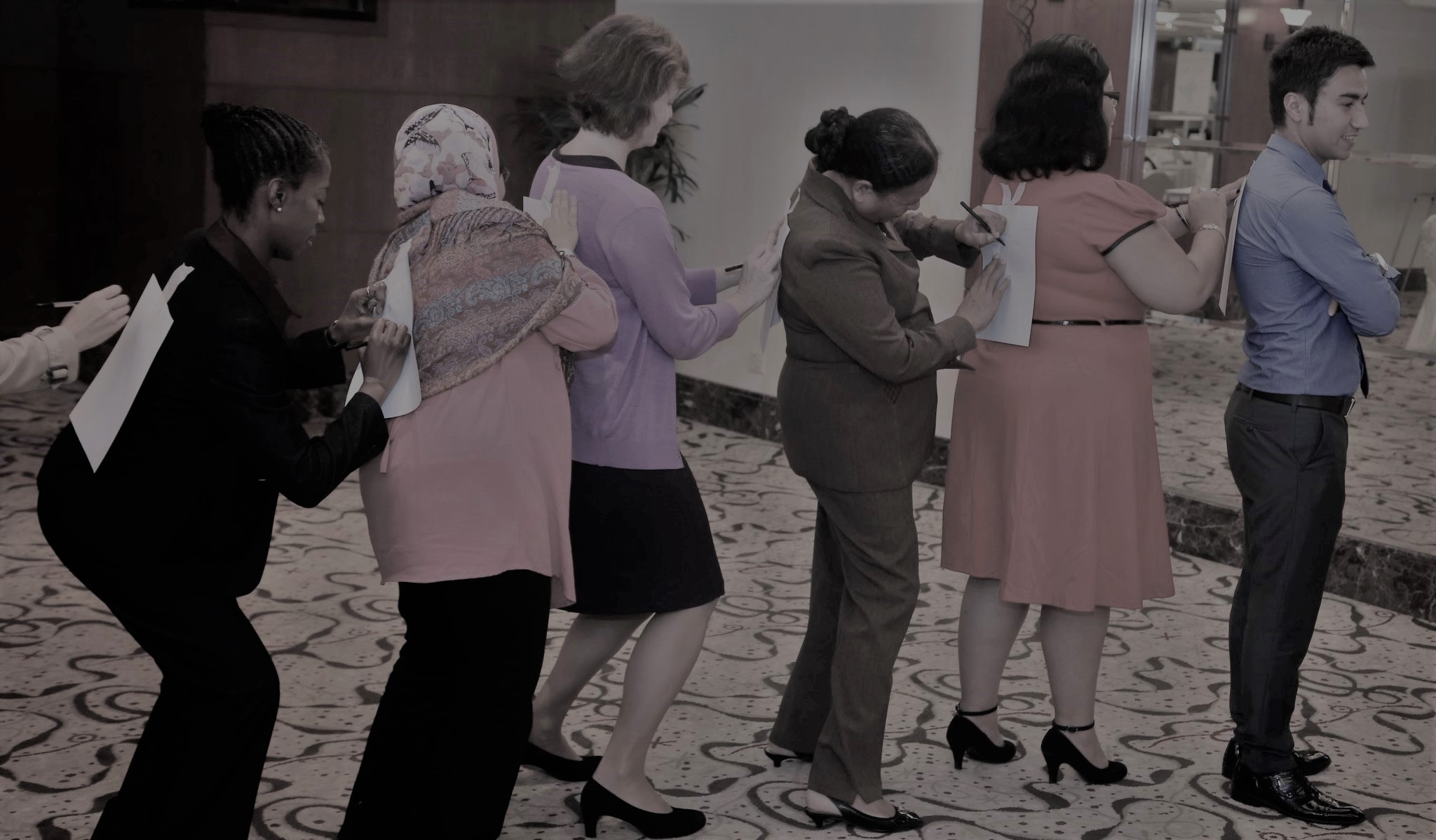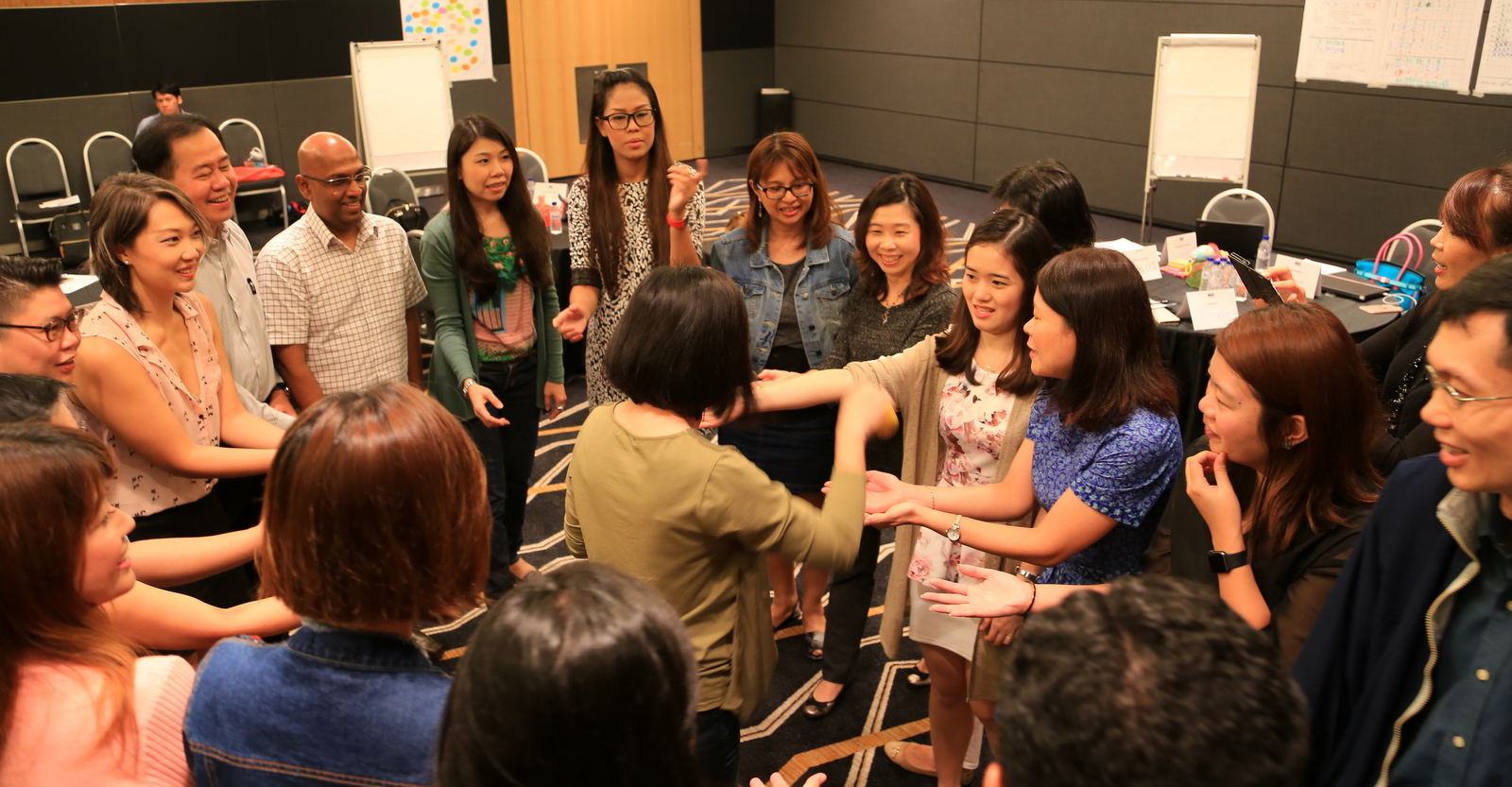
In response to evolving conditions, you came to realise that your organisation must change. Change leadership consists of project sponsor,...

In response to evolving conditions, you came to realise that your organisation must change. Change leadership consists of project sponsor,...

At some point in our life, some of us may have experienced a person who helped us to see our...

Thinking ahead is a cardinal rule of business. In addition to monitoring the daily operations of your business, succession planning...
There are several invaluable lessons learnt during the different phases of YOG. A significant task has been the recruitment, preparation...
Increase in productivity can be achieved in multiple ways. The myth of implementing IT support as cure-all for productivity problems...

Coaching is “Expanding a person’s capacity to take quicker, more effective actions.” Robert Hargrove. In a coaching culture people continually...
Against the common belief, statistical knowledge is not a criterion for selecting your Belts. However, the capability to acquire new...
In times like this, every penny counts. So, how do we ensure we get the most out of our learning...

Your Lean Six Sigma initiative has taken off well, project teams led by Belts have done a nice work and results are...
Our client, a leading world authority in microelectronics development and research, appointed a senior research fellow to head its entire...
Our client, a US-based IT manufacturing MNC, needed to align the efforts of its seven separate IT divisions and help...
In the course of meetings, be it Six Sigma project team meetings or management meetings, conflict is inevitable; it is...
Today, organisations must change their priorities from a traditional focus on planning and control to emphasising speed, innovation, flexibility, quality,...
Copyright © 2025 by COE Pte Ltd. All Rights Reserved.